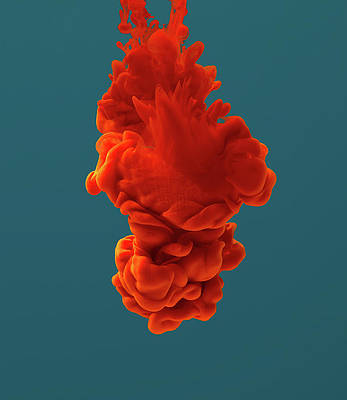Pre-requisite: Doubly Link List Set 1| Introduction and Insertion
Write a function to delete a given node in a doubly-linked list.
Original Doubly Linked List
Approach: The deletion of a node in a doubly-linked list can be divided into three main categories:
- After the deletion of the head node.
- After the deletion of the middle node.
- After the deletion of the last node.
All three mentioned cases can be handled in two steps if the pointer of the node to be deleted and the head pointer is known.
- If the node to be deleted is the head node then make the next node as head.
- If a node is deleted, connect the next and previous node of the deleted node.
Algorithm
- Let the node to be deleted be del.
- If node to be deleted is head node, then change the head pointer to next current head.
if headnode == del then
headnode = del.nextNode
- Set next of previous to del, if previous to del exists.
if del.nextNode != none
del.nextNode.previousNode = del.previousNode
- Set prev of next to del, if next to del exists.
if del.previousNode != none
del.previousNode.nextNode = del.next
Python
# Program to delete a node in a # doubly-linked list # For Garbage collection import gc # A node of the doubly linked list class Node: # Constructor to create a new node def __init__(self, data): self.data = data self.next = None self.prev = None class DoublyLinkedList: # Constructor for empty Doubly # Linked List def __init__(self): self.head = None # Function to delete a node in a Doubly # Linked List. head_ref --> pointer to # head node pointer. dele --> pointer to # node to be deleted. def deleteNode(self, dele): # Base Case if self.head is None or dele is None: return # If node to be deleted is head node if self.head == dele: self.head = dele.next # Change next only if node to be # deleted is NOT the last node if dele.next is not None: dele.next.prev = dele.prev # Change prev only if node to be # deleted is NOT the first node if dele.prev is not None: dele.prev.next = dele.next # Finally, free the memory occupied # by dele # Call python garbage collector gc.collect() # Given a reference to the head of a # list and an integer, inserts a new # node on the front of list def push(self, new_data): # 1. Allocates node # 2. Put the data in it new_node = Node(new_data) # 3. Make next of new node as head # and previous as None (already None) new_node.next = self.head # 4. Change prev of head node to # new_node if self.head is not None: self.head.prev = new_node # 5. Move the head to point to the # new node self.head = new_node def printList(self, node): while(node is not None): print node.data, node = node.next # Driver code # Start with empty list dll = DoublyLinkedList() # Let us create the doubly linked list # 10<->8<->4<->2 dll.push(2); dll.push(4); dll.push(8); dll.push(10); print "Original Linked List", dll.printList(dll.head) # Delete nodes from doubly linked list dll.deleteNode(dll.head) dll.deleteNode(dll.head.next) dll.deleteNode(dll.head.next) # Modified linked list will be NULL<-8->NULL print "Modified Linked List", dll.printList(dll.head) # This code is contributed by Nikhil Kumar Singh(nickzuck_007) |
Output:
Original Linked list 10 8 4 2 Modified Linked list 8
Complexity Analysis:
- Time Complexity: O(1).
Since traversal of the linked list is not required so the time complexity is constant. - Space Complexity: O(1).
As no extra space is required, so the space complexity is constant.
Please refer complete article on Delete a node in a Doubly Linked List for more details!
Ready to dive in? Explore our Free Demo Content and join our DSA course, trusted by over 100,000 neveropen!


